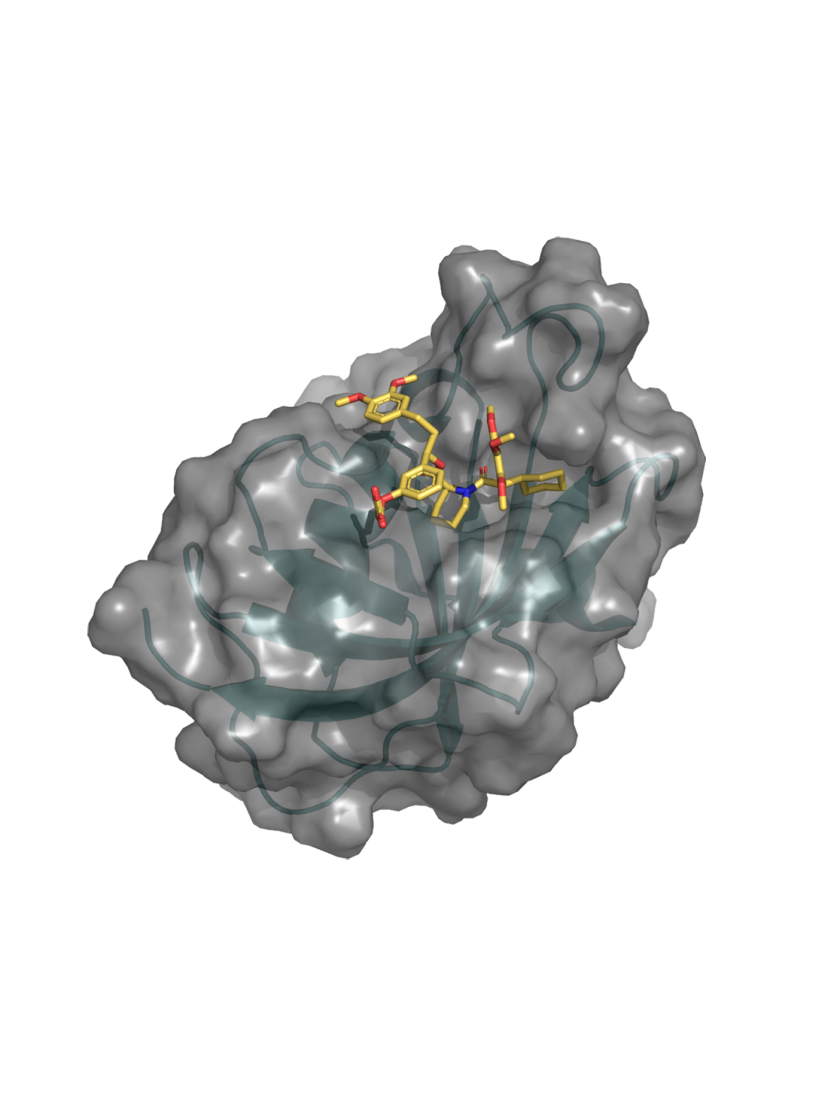Joint Research Group Macromolecular Crystallography
4000. protein databank deposition from HZB MX Beamlines released
Last week, Dr. Christian Meyners from the University Darmstadt, released the 4000. protein structure at the protein structure databank (PDB) coming from the HZB MX-beamlines BL14.1-3.
This is result of the 20 years of user operation of our MX-facilities at HZB / BESSY II. Dr. Meyners will present his work at the 2022 HZB user meeting, at Dezember 8th.

Dr. Christian Meyners
Structure of the FK1 domain of the FKBP51 G64S variant in complex with SAFit1
Depression, chronic pain or obesity-associated diseases (e.g. diabetes) are servere and insufficiently treatable diseases, which according to the WHO will be one of the biggest health issues by 2030. The FK506-binding protein 51 (FKBP51) regulates the signal transduction of steriod hormone receptors and has emerged as a promising drug target for these diseases. The 4000th protein structure from HZB BESSY released in the PDB shows the G64S variant of FKBP51 in complex with the highly selective ligand SAFit1. Ligands of the SAFit-series are first-in-class compounds, which are widely used as tool compounds for the pharmacological validation of FKBP51 in animal models. However, the selectivity and physiochemical properties of these ligands are not good enough yet and for the development of a clinical candidate novel FKBP51 selective compounds have to be identified. The selectivity of SAFit1 and other FKBP51 selective ligands is due to binding to a FKBP51 conformation with an altered binding site. This conformational rearrangement is highly disfavored in other FKBP proteins. Unfortunately, selective FKBP51 ligands are hard to identify by classic screening approaches since the binding active conformation with an open selectivity pocket is only lowly populated. The aforementioned G64S variant of FKBP51 was identified by high throughput protein engineering and has a stabilized binding pocket. This variant binds serveral times stronger to FKBP51-selective ligands and by solving the structure of the G64S variant of FKBP51 in complex with SAFit1 we were able to show that this is indeed due to a stabilization of the selectivity pocket in the open conformation. This new FKBP51 variant will be used as a tool for identifying novel selective ligands for FKBP51 generating the basis for the development of novel therapeutics.

